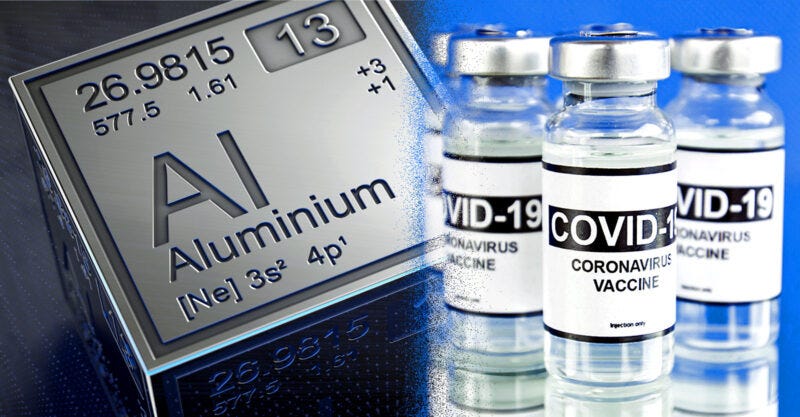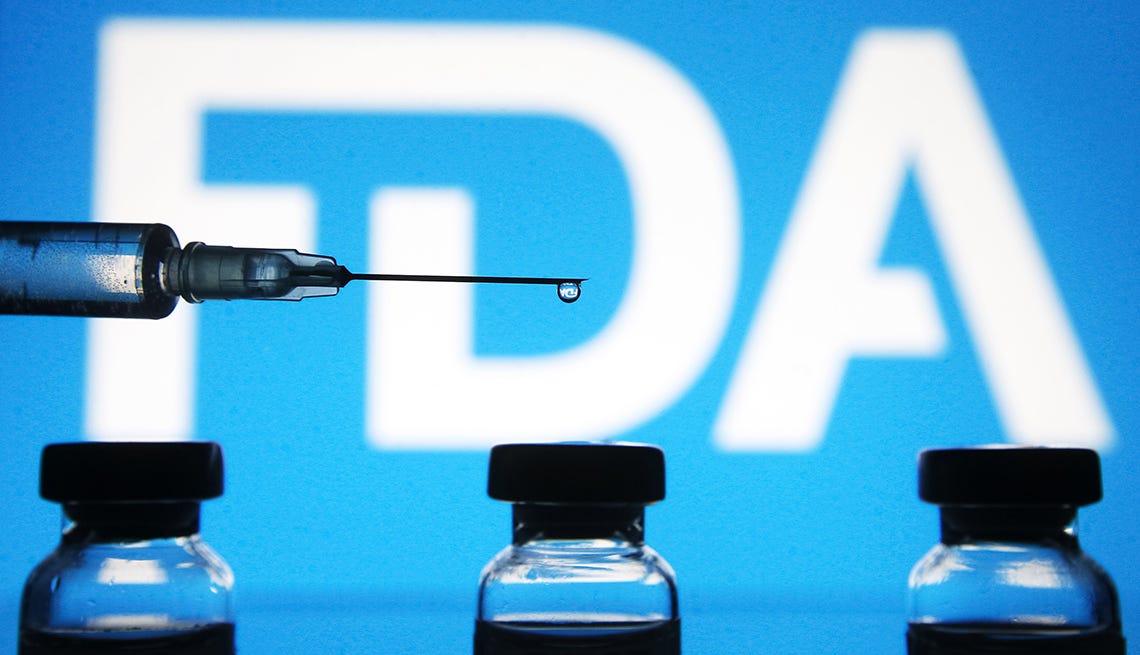By James Lyons-Weiler, Science and Medicine Contributor, The MAHA Report
The U.S. Centers for Disease Control and Prevention (CDC), through its Advisory Committee on Immunization Practices (ACIP), has established the Childhood and Adolescent Immunization Schedule Workgroup with a mandate to study aluminum adjuvants – salts – in some vaccines given to children.
As of October 8, 2025, CDC’s newly revised Terms of Reference (ToR) include ingredient-specific safety evaluations, with a direct focus on aluminum adjuvants and associated risks, including asthma.
The updated Terms of Reference asks: “Do either of the two different aluminum adjuvants increase the risk of asthma?” This language marks the first formal acknowledgment by ACIP that aluminum hydroxide and aluminum phosphate, the primary adjuvants in most pediatric vaccines, may merit differentiated toxicological scrutiny. This change places the issue within the Workgroup’s formal priority and scope, not as a fringe or side issue.
CDC’s childhood vaccine schedule has recently come under fire based on a lack of sufficient safety testing of the constituent ingredients (excipients) of vaccines recommended for the United States’ pediatric population. The U.S. Food and Drug Administration (FDA) currently regulates aluminum content and type in biological products.
The Workgroup, while technically part of ACIP, holds virtual meetings; its discussions and preliminary outputs remain confidential until formally presented for public ACIP vote. Members must complete conflict-of-interest disclosures, and while CDC staff may offer technical input, they do not vote. According to CDC documentation dated September 19, 2025, Dr. Robert W. Malone is an active participant.
The Role of Aluminum in U.S. Pediatric Vaccines
Aluminum hydroxide and aluminum phosphate are used to boost the ability of vaccines to stimulate the immune system. These include DTaP, Hepatitis B, pneumococcal conjugate (PCV), and HPV. Current CDC schedules permit the administration of multiple aluminum-containing vaccines in a single visit, resulting in cumulative exposures exceeding 1,200 micrograms of aluminum in infants as young as two months. The FDA’s per-dose limit of 850 micrograms for adults was never scaled for body weight and was derived without formal safety testing for aluminum exposure in infants.
Analyzing Conflicting Data
A 2023 analysis by Daley et al. reported an adjusted hazard ratio of 1.19 to 1.26 for persistent asthma per 1 mg aluminum exposure before age two, with elevated risk in children with eczema. The authors noted limitations, including exposure misclassification, co-administration confounding, and schedule intensity bias.
In contrast, Andersson et al. (2025) recently studied 1.22 million Danish children and found no association between cumulative aluminum exposure and 50 pre-specified outcomes, including asthma, autism spectrum disorder (ASD), and autoimmune diseases. Although robustly powered, the study lacked an unvaccinated group for comparison, limiting causal inference. It has been thoroughly criticized by many, including Secretary of Health and Human Services Robert F. Kennedy Jr. , who said it contains serious methodological flaws.
In an August 2025 opinion piece, Secretary Kennedy publicly criticized the Andersson et al. study, which found no association between early-life aluminum adjuvant exposure and a range of chronic pediatric conditions. Kennedy called for the study’s retraction. The Annals of Internal Medicine rejected Kennedy’s request. Editor-in-chief Dr. Christine Laine stated that the threshold for retraction—serious errors or scientific misconduct—had not been met. The journal stood by the study’s primary conclusion: that the aluminum in the vaccines did not pose a risk for a child to develop autoimmune, allergic, or neurodevelopmental outcomes.
Methodological Failures in Historical Risk Models
The history of studies of aluminum safety in vaccines is controversial. A foundational FDA-endorsed study by Flarend et al. (1997) concluded that a significant portion of aluminum oxyhydroxide is retained 28 days post-injection in adult rabbits, yet subsequent risk models (notably the FDA’s now-infamous Mitkus et al., 2011 study) concluded aluminum doses in vaccines were safe based on dubious modeling assumptions.The administrators of the study failed to adjust for infant body weight, renal maturity, or the route of exposure (oral vs. injected). The Mitkus model relied on data from oral aluminum citrate in adult mice to justify injected aluminum doses in human infants, a method now widely critiqued by independent toxicologists, including Masson et al., Lyons-Weiler and Ricketson (IPAK), and others.
FDA’s Aluminum Safety Models Overturned by New Evidence
For decades, U.S. health agencies relied on the FDA’s Mitkus (2011) model to claim aluminum in vaccines was safe. That model, based on oral studies in adult mice, ignored infant weight, kidney immaturity, and the injected route of exposure. It became the cornerstone for every “safe exposure” claim—and these new studies tear it down.
In 2018, Lyons-Weiler and Ricketson established the first weight-adjusted Pediatric Dose Limit (PDL) for injected aluminum, revealing that CDC-scheduled vaccine visits can exceed safe limits by 10–20 times in babies under six months. McFarland et al. (2020, 2021) confirmed those findings, showing that infants on the CDC schedule remain in aluminum overload for most of their first year. A 2020 update from Lyons-Weiler et al. found that COVID-era catch-up schedules make the problem worse, prolonging aluminum accumulation when multiple doses are given close together.
Other research shows where that aluminum goes. Gherardi, Authier, and Crépeaux found it can lodge in muscle and brain tissue for years—a disorder known as macrophagic myofasciitis (MMF). Shaw and Tomljenovic documented motor-neuron damage and autoimmune activity at vaccine-level doses. Exley and Mold identified aluminum deposits in post-mortem brains of people with autism and Alzheimer’s disease, while Schoenfeld and Kanduc described ASIA, an autoimmune syndrome triggered by adjuvants.
Together, these studies dismantle the assumptions behind the FDA’s old safety models. They show that aluminum from vaccines does not simply clear from the body as once claimed—and that infant exposure levels require urgent, evidence-based re-evaluation.
It remains to be seen whether the ACIP Workgroup will reckon with or reinforce the outdated methodologies underpinning current vaccine dosing practices. But there can be no doubt the scientific and regulatory foundation of aluminum adjuvant safety in pediatric vaccines needs precisely the kind of rigorous review that the new Workgroup will give it.








So its already been determined that Aluminium in deodorants and such is linked to Alzheimers but they want to study if it is safe for vaccines? How does this make sense?
Oh, no. Not another study. We don’t need a study to tell us that aluminum shouldn’t be injected into humans. Stop it!